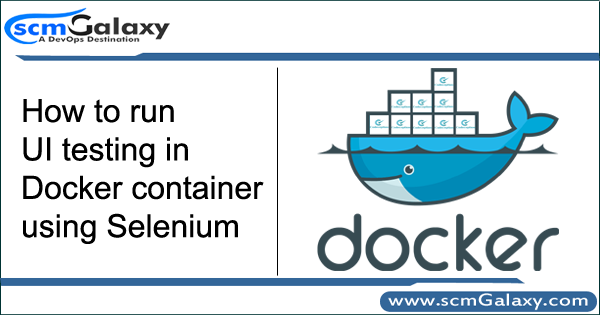

Docker is one of the revolutions technologies which has created lots of buzz in the Software development practices. Docker has not only helped to setup Continuous Integration and Delivery but also manage and replicate test environments and deploy a large at scale in no time. Here are the following advantages which benefit to testing team using docker
- Docker will help setting up Continuous Integration and Delivery which will enable testing team to deploy and test application in very less time compare of using virtual machines.
- Efficient software teams push code to production multiple times a day. But this only works with good processes in place. Pull requests, code reviews, and good test coverage are essential for enabling a fast pace and high output of new code. Docker will help QA team to enable this in no time
- Docker Compose help to create a Application Stake for Developers and QA in very less time.
- Docker allows you to run your tests in containers as well as isolate your tests in development and deployment.
- Using Docker to manage and replicate test environments in no time.
But there is one limitation. The major problem of a Docker container for UI testing is that it does not have a screen output. There are in general two solutions:
- Use a headless browser such as HTMLUnit that does not require a graphical user interface or
- Simulate a screen output.
Recommended is second one because in this case you do not need to change my testing code to use a WebDriver for a headless browser. Moreover, headless browser may not have full functionalities of a real browser. What I need is a display server called Xvfb or X virtual frame buffer. It performs all graphical operations in memory without showing any screen output.
You can find sample example in following urls.
https://medium.com/@yiquanzhou/run-selenium-ui-tests-in-docker-container-78be98e1b52d
UI automation framework on Docker
I’m a DevOps/SRE/DevSecOps/Cloud Expert passionate about sharing knowledge and experiences. I am working at Cotocus. I blog tech insights at DevOps School, travel stories at Holiday Landmark, stock market tips at Stocks Mantra, health and fitness guidance at My Medic Plus, product reviews at I reviewed , and SEO strategies at Wizbrand.
Do you want to learn Quantum Computing?
Please find my social handles as below;
Rajesh Kumar Personal Website
Rajesh Kumar at YOUTUBE
Rajesh Kumar at INSTAGRAM
Rajesh Kumar at X
Rajesh Kumar at FACEBOOK
Rajesh Kumar at LINKEDIN
Rajesh Kumar at PINTEREST
Rajesh Kumar at QUORA
Rajesh Kumar at WIZBRAND

